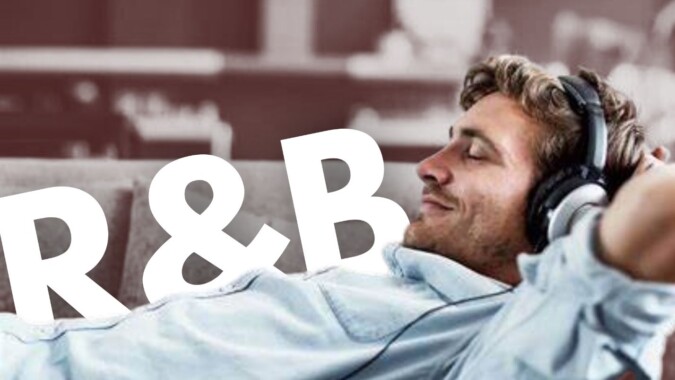Rhythm and Blues, popularly known as R&B, is a genre that has captivated listeners for decades with its soulful melodies, heartfelt lyrics, and smooth grooves.
Originating from African American communities in the 1940s, R&B has evolved over the years, blending elements of jazz, gospel, funk, hip hop, and pop to create a rich and diverse musical landscape.
But beyond its cultural and artistic significance, there is a fascinating science behind why R&B music resonates so deeply with our minds and hearts.
This article explores the neurological, psychological, and musical factors that make R&B uniquely powerful and emotionally compelling.
The Emotional Power of R&B: A Deep Connection
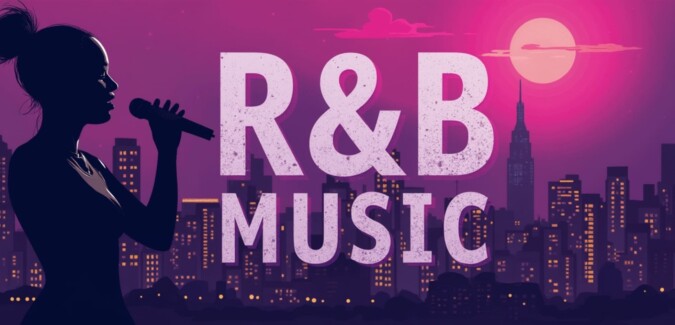
At its core, R&B music is about emotion. The genre’s hallmark is its ability to convey complex feelings such as love, heartbreak, longing, and joy in a way that feels intimate and authentic. This emotional depth is achieved through several key musical and vocal elements:
- Expressive Vocals: R&B singers often use vocal techniques like melisma (stretching a single syllable over several notes), vibrato, and dynamic phrasing to convey vulnerability and passion. These vocal nuances engage listeners’ empathy, making the emotions feel personal and relatable.
- Soulful Lyrics: The lyrics in R&B songs often explore themes of relationships, self-reflection, and personal growth. This lyrical content invites listeners to connect their own experiences with the music, creating a sense of shared emotional journey.
- Smooth Instrumentation: R&B typically features lush harmonies, gentle rhythms, and warm instrumentation such as electric piano, bass, and subtle percussion. This sonic backdrop creates a soothing atmosphere that supports the emotional storytelling.
Together, these elements create an immersive experience that encourages listeners to reflect on their own feelings and memories, often leading to catharsis or emotional release.
Neurological Responses to R&B Music
Scientific research has shown that music, including R&B, activates multiple areas of the brain, triggering both emotional and physiological responses.
Here’s how R&B music interacts with our brain:
1. Activation of the Reward System
Listening to music you enjoy stimulates the brain’s reward system, particularly the nucleus accumbens, which releases dopamine—the neurotransmitter associated with pleasure and motivation.
R&B’s smooth melodies and emotionally charged vocals can induce a dopamine release, making the listening experience pleasurable and even addictive.
2. Engagement of the Limbic System
The limbic system, which includes structures like the amygdala and hippocampus, is responsible for processing emotions and memories.
R&B’s expressive qualities can evoke strong emotional reactions by activating these areas, often triggering nostalgia or empathy. This is why certain R&B songs can transport listeners back to specific moments in their lives.
3. Synchronization with Brainwaves
R&B’s rhythmic patterns and tempo often align with the brain’s natural oscillations, promoting a state of relaxation or focused attention. This neural entrainment can help reduce stress and improve mood, explaining why many people use R&B music as a form of emotional regulation.
The Role of Rhythm and Groove in R&B
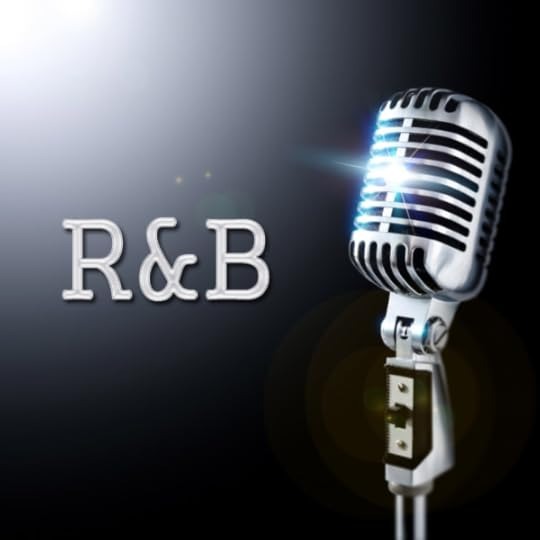
Rhythm and groove are fundamental to R&B’s appeal. The genre often employs syncopated rhythms, swung notes, and a strong backbeat that create a compelling sense of movement and anticipation. This rhythmic complexity engages the motor cortex, the part of the brain involved in movement, which can make listeners want to tap their feet, nod their heads, or dance.
Interestingly, this effect isn’t limited to music. Other rhythm-based activities, such as dancing, drumming circles, or even engaging in fast-paced games, trigger similar neurological responses.
Take card games like Tongits game, for example—its fast decision-making, patterned gameplay, and social interaction can spark cognitive stimulation in ways comparable to how our brains respond to music.
Much like how a well-crafted R&B groove gets under your skin and energizes you, the strategic flow of Tongits can draw players into a rhythm of its own, promoting focus, anticipation, and even a mild adrenaline rush.
The groove in R&B, much like the flow in competitive games, chess blitz rounds, or video game battles, fosters a sense of connection and immersion.
When the rhythm “locks in,” it creates a shared experience that transcends language—allowing people from different backgrounds to feel united through the moment, whether it’s on the dancefloor or around a table of cards.
Vocal Techniques and Their Psychological Impact
R&B vocalists often use techniques that heighten emotional expression and listener engagement:
Melisma: Extending a single syllable over multiple notes adds emotional depth and showcases vocal skill.
It can mimic the natural inflections of speech, making the singing feel more conversational and intimate.
Call and Response: This technique, rooted in African musical traditions, involves a vocal “call” followed by an instrumental or vocal “response.”
It creates a dynamic interaction that keeps listeners engaged and emotionally invested.
Falsetto and Vocal Runs: These add texture and expressiveness, conveying vulnerability or passion that resonates on a subconscious level.
These vocal elements stimulate mirror neurons in the brain, which are involved in empathy and emotional understanding, helping listeners feel the singer’s emotions as if they were their own.
The Cultural and Social Dimensions of R&B
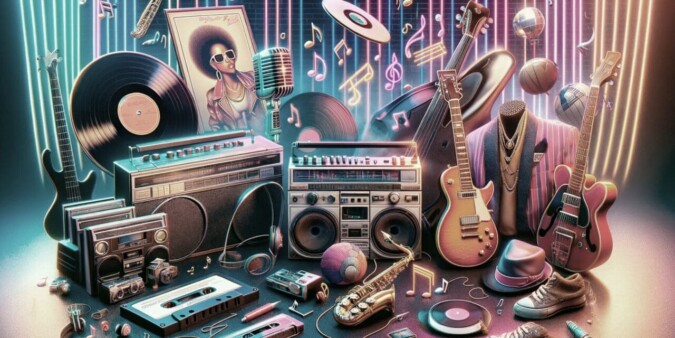
Beyond individual neurological responses, R&B’s power also lies in its cultural and social context. The genre emerged as a voice for African American communities, expressing struggles, hopes, and identity. This cultural significance adds layers of meaning to the music, making it a powerful tool for storytelling and social connection.
R&B concerts and communal listening experiences create shared emotional spaces where listeners can feel understood and connected. This social bonding aspect enhances the music’s emotional impact, reinforcing feelings of belonging and support.
R&B’s Evolution and Its Continued Relevance
Over the decades, R&B has evolved by incorporating elements from other genres such as hip hop, electronic music, and pop.
Contemporary R&B artists continue to push boundaries, blending traditional soulful vocals with modern production techniques.
This evolution keeps the genre fresh and relevant, attracting new generations of listeners while maintaining its emotional core.
The fusion of electronic beats and digital effects with classic R&B melodies creates new textures that engage the brain’s reward and sensory systems in novel ways, ensuring the genre’s enduring appeal.
Why R&B Music Matters
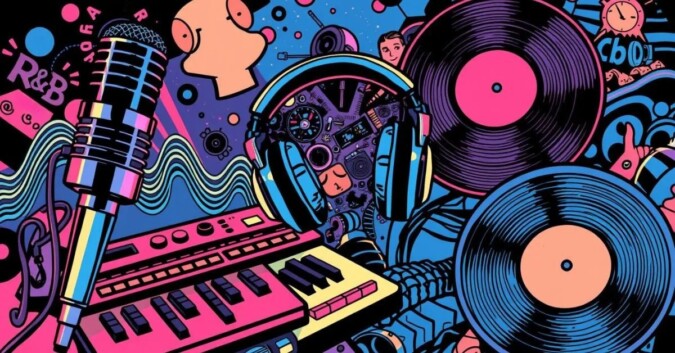
Understanding the science behind R&B music reveals why it holds such a special place in our hearts. It’s not just entertainment; it’s a complex interplay of sound, emotion, and culture that taps into fundamental human experiences.
R&B’s ability to evoke deep feelings, stimulate brain reward circuits, and foster social connection makes it a uniquely powerful form of musical expression.
For listeners, R&B offers comfort, catharsis, and joy. For artists, it provides a medium to communicate profound truths and connect with audiences on an intimate level.
As neuroscience and musicology continue to explore this genre, we gain greater appreciation for the artistry and science that make R&B so compelling.

